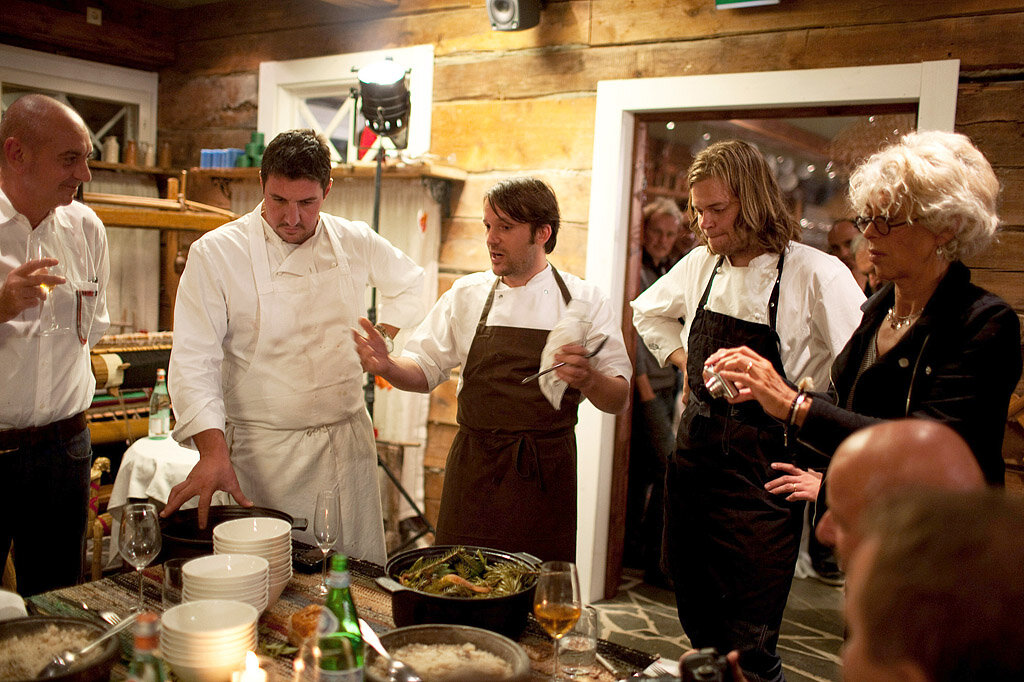Overview
In an era defined by digital convenience, Vinyl Record Production stands as a beautiful contradiction—slow, intentional, and deeply human. Despite streaming platforms dominating the music world, vinyl records have made a powerful comeback, bridging nostalgia and craftsmanship with cutting-edge production technology. The resurgence isn’t just about sound; it’s about experience. For artists, collectors, and audiophiles, vinyl remains the most authentic way to connect with music.
This blog explores how modern vinyl record production works, why it continues to captivate music lovers, and how the craft has evolved to blend analog warmth with digital precision.
The Enduring Allure of Vinyl
Vinyl isn’t just a format—it’s an experience. From the tactile feel of sliding a record from its sleeve to the gentle crackle before the first note plays, every step invites listeners to slow down and truly listen.
But beyond nostalgia, vinyl offers a sonic signature that digital music often lacks. The grooves of a record capture subtle imperfections and warmth that no algorithm can replicate. This analog depth, combined with physical artistry, is why so many musicians—both new and legendary—continue to press their work on vinyl.
The numbers speak for themselves. Over the last decade, vinyl sales have consistently grown year over year, surpassing CDs in many markets. For collectors and artists, it’s more than a retro trend—it’s a statement of authenticity in a world of instant consumption.
Inside Vinyl Record Production
Creating a vinyl record is both an art and a precise science. Every detail, from audio mastering to the pressing process, influences the final sound. Here’s how it unfolds:
- Mastering for Vinyl – The process begins with mastering engineers who optimize audio specifically for vinyl. Unlike digital mastering, vinyl requires balancing bass frequencies and managing stereo width to ensure the grooves can physically hold the sound.
- Lacquer Cutting – Once mastered, a lacquer disc is cut using a lathe. This disc holds the grooves that represent the sound waves. It’s fragile, precise, and requires expert handling.
- Electroplating and Stamper Creation – The lacquer is coated with silver and electroplated to create metal stampers. These serve as molds for pressing the records.
- Pressing – Vinyl pellets are melted and pressed between the stampers under heat and pressure. This step gives the record its shape and embedded grooves.
- Cooling, Trimming, and Labeling – After pressing, the record is cooled, trimmed, and labeled. Each disc undergoes quality checks to ensure no warping or noise defects.
- Packaging – From printed jackets to gatefold covers, packaging completes the tactile experience that defines vinyl’s charm.
Every stage requires both precision machinery and human intuition—a combination that gives vinyl records their timeless identity.
The Modern Twist: Technology Meets Tradition
While the heart of vinyl record production remains analog, modern technology has refined every step. Digital mastering tools, automated presses, and computer-controlled lathes now ensure consistency while maintaining that classic warmth vinyl lovers crave.
This evolution also enables smaller artists and labels to produce high-quality runs without massive budgets. Independent musicians can now press limited editions, create exclusive collector’s sets, and offer fans something tangible in an increasingly digital marketplace.
And this is where digital infrastructure becomes critical. Many modern pressing plants rely on advanced managed IT services Dallas and similar technology partnerships to keep their production lines efficient, secure, and connected. IT services support everything from production tracking to secure file transfers, ensuring that the creative and technical processes align seamlessly.
By merging analog artistry with digital efficiency, these facilities are proving that craftsmanship and innovation can coexist beautifully.
Sustainability in Vinyl Manufacturing
As the demand for vinyl rises, the industry faces new challenges—chief among them, sustainability. Traditional vinyl uses PVC (polyvinyl chloride), which is not biodegradable. But modern manufacturers are taking meaningful steps toward eco-friendly alternatives:
- Recycled Vinyl Pellets: Many plants now use recycled materials without compromising sound quality.
- Green Pressing Plants: Some facilities have introduced energy-efficient presses and water recycling systems.
- Sustainable Packaging: Eco-sleeves, soy-based inks, and minimal plastic wraps are now standard in forward-thinking production houses.
Sustainability isn’t just good PR—it’s essential to keeping the industry viable for the next generation of collectors and creators.
Why Vinyl Still Matters
Despite the dominance of digital music, vinyl continues to thrive because it offers something that algorithms can’t—connection.
- Sound Quality: Vinyl delivers warmth, depth, and dynamic range that streaming often compresses away.
- Physicality: The act of owning, touching, and curating records brings emotional value to music.
- Artwork and Design: Album covers, inserts, and gatefold designs turn music into a full sensory experience.
- Community: Record stores, listening events, and collectors’ markets foster human connection around shared sound.
Vinyl is proof that technology doesn’t always replace tradition—it often enhances it.
The Future of Vinyl Record Production
Looking ahead, the vinyl industry shows no sign of slowing down. Pressing plants worldwide are expanding capacity, new turntables are being engineered for modern consumers, and younger generations are discovering the magic of analog sound.
Innovations on the horizon include:
- Bioplastic records as eco-friendly alternatives to PVC.
- Direct-to-lathe mastering for faster and more precise small-batch production.
- AI-enhanced mastering tools that optimize mixes for the physical medium.
In other words, vinyl is evolving—not fading. It’s becoming smarter, greener, and more inclusive.
Final Thoughts
Vinyl Record Production represents the perfect marriage of art, engineering, and emotion. It’s where analog warmth meets digital precision—where creativity is etched not into a file, but into grooves that last a lifetime.
As modern technology, including systems powered by managed IT services Dallas, continues to support efficient workflows and data integrity, the vinyl revival proves that timeless sound can thrive in a digital age.







